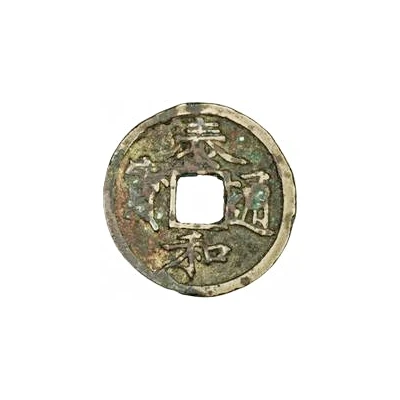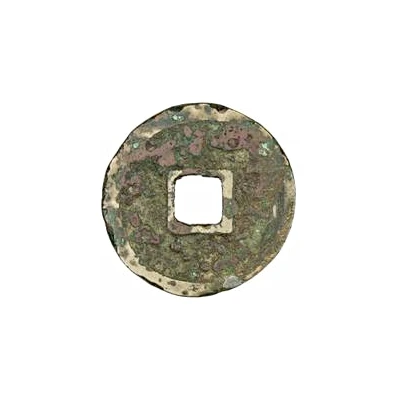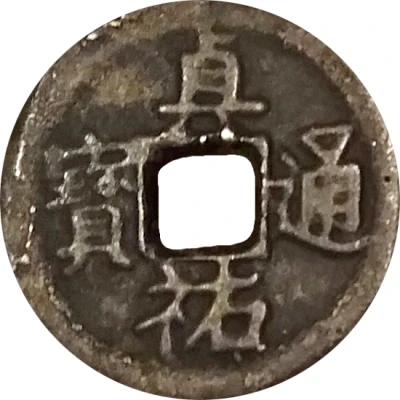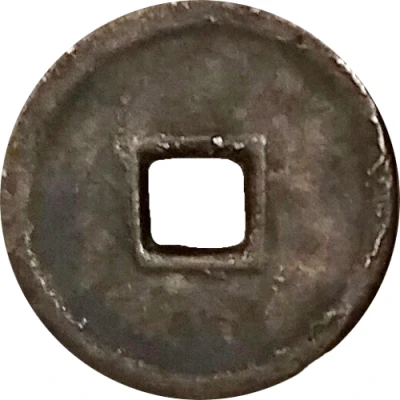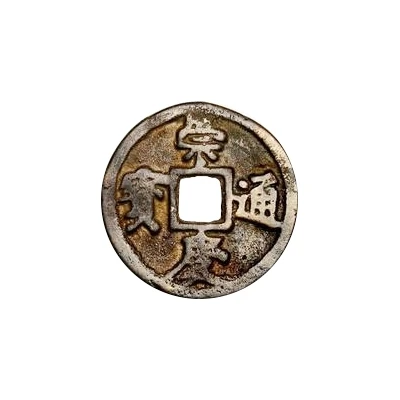
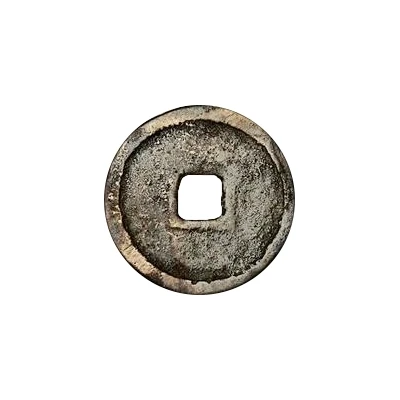

© Stacks Bowers
1 Cash - Chongqing Tongbao ND
1212 year| Bronze | - | 24 mm |
| Issuer | Great Jin (Tatar dynasties) |
|---|---|
| Emperor | Wanyan Yongji (1208-1213) |
| Type | Standard circulation coin |
| Year | 1212 |
| Value | 1 Cash |
| Currency | Cash (1158-1216) |
| Composition | Bronze |
| Diameter | 24 mm |
| Shape | Round with a square hole |
| Technique | Cast |
| Orientation | Medal alignment ↑↑ |
| Demonetized | Yes |
| Updated | 2024-10-04 |
| Numista | N#272173 |
|---|---|
| Rarity index | 100% |
Reverse
Blank (uniface).
Edge
Plain
Comment
Coins from this Emperor are very rare, and Hartill gives all his pieces the highest rarity rating of 0.Interesting fact
The Great Jin (Tatar dynasties) was a short-lived dynasty that ruled over parts of northern China in the early 13th century. Despite its brief existence, the dynasty managed to issue a number of coins, including the 1 Cash - Chongqing (Tongbao) ND (1212) coin made of bronze. What's interesting about this coin is that it features a unique blend of Chinese and Mongolian influences in its design. The obverse side of the coin bears the Chinese characters " tong bao" (meaning "circulating treasure"), while the reverse side features a Mongolian-style horse and rider, reflecting the influence of the Mongol Empire that had conquered much of northern China at the time. This blending of cultural styles is a fascinating example of how different cultures can come together and influence each other's art and currency.
